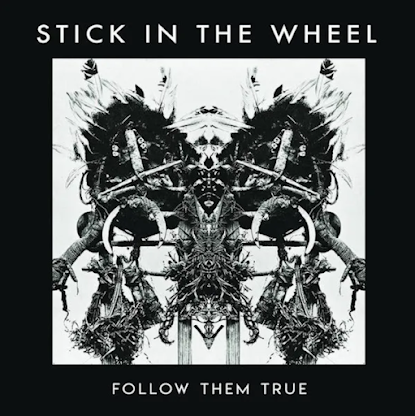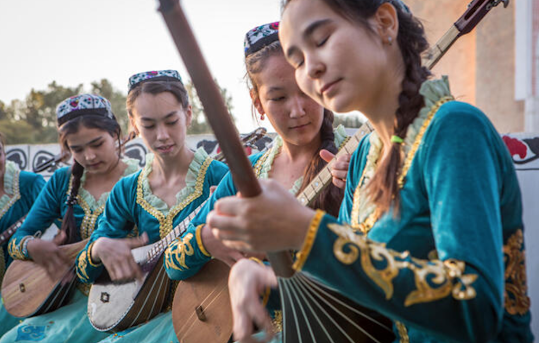#Laboratorium Piesni #world music #European folk #Eastern
European folk #traditional #polyphonic
chant #Slavic folk music #a capella #white voice #Polish #music video
Laboratorium Piesni (polish: Song Laboratory) is a female-run collective music project, founded in Poland in 2013. The vast majority of their songs are from Polish and Eastern European folk traditions, though they also incorporate other sources. They also host workshops to help people develop their voice and “awaken the human musicality.” Laboratorium Piesni’s primary musical focus is polyphony (multiple voices with little to no musical accompaniment), which is the dominant form of ritual and folk music for animist cultures, also surviving into Europe as a dominant form into the 1500’s. This music is also known as “a capella,” but many groups have moved away from this Christian label (“a capella” literally means, “in the way of the chapel”). From: https://abeautifulresistance.org/pagan-music-list/2019/3/23/the-pagan-music-list-2
The band Laboratorium Pieśni can attest to the fact that local and indigenous culture is becoming more and more popular in the globalized world. Let the question of quantity not be an indicator of their quality, but the fact that the Facebook group is followed by over 80,000 people is telling and shows that such music arouses interest. Their white voice is interesting and very eloquent in the 21st century. Thanks to this, the eight-member band also serve as anthropologists who, traveling around various corners, bring various traditional songs into the workshop to present them in their own polyphonic interpretations.
Laboratorium Pieśni draws a vocal map of Central and Eastern Europe (Belarus, Poland, Ukraine), and also the Balkans, Georgia and Scandinavia. It seems that there are no limits, and the singers' heads are full of ideas and enthusiasm for finding songs from different cultures. Many of the songs are sung a capella, but some of them gain accompaniment in the form of subtly introduced shamanic drums, bells or percussions. Thanks to this, the vocals gain a multidimensional character and space. At the same time, they do not obscure the content, on which you can fully concentrate thanks to the simplicity prevailing here. "Rosna", the long-awaited album, collects all these interests on one release. It shows the band in more mystical songs, those taken straight from indigenous villages, but also more lively songs, such as the Finnish "Käppee", which breaks with its Slavic origin. Girls often choose love topics for the workshop, devoted to interpersonal relationships - the album comes with lyrics with translations, thanks to which the songs are more communicative and understandable. But even if we don't decipher them during the first listening, the music still sounds mysterious, shamanic and blunt. In the era of post-produced recordings and sound-packed tracks, such clean vocals, devoid of effects, are perfect hygiene for the ear, because they remind us that something seemingly simple can be complex and multi-threaded at the same time. Translated from: http://noweidzieodmorza.com/pl/9212-laboratorium-piesni-rosna/























